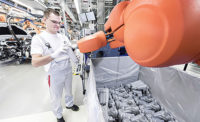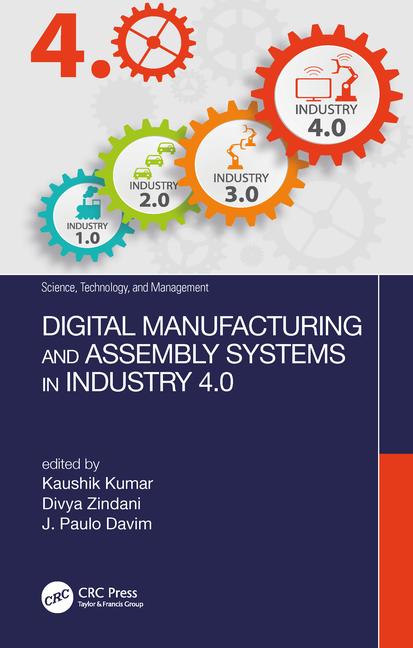Digital Twins Enter the Mainstream

STAMFORD, CT—More manufacturers are investing in digital twin technology. In fact, a recent survey conducted by Gartner Inc. claims that 75 percent of organizations implementing Industry 4.0 initiatives already use digital twins or plan to within a year.
Gartner defines a digital twin as “a software design pattern that represents a physical object with the objective of understanding the asset’s state, responding to changes, improving business operations and adding value.”
“Digital twins are delivering business value and have become part of enterprise Internet of Things (IoT) and digital strategies,” claims Benoit Lheureux, vice president of research at Gartner. “[The technology is] slowly entering mainstream use. By 2022, over two-thirds of companies that have implemented IoT will have deployed at least one digital twin in production.
“We see digital twin adoption in all kinds of organizations,” says Lheureux. “However, manufacturers of IoT-connected products are the most progressive, as the opportunity to differentiate their product and establish new service and revenue streams is a clear business driver.
“A key factor for enterprises implementing IoT is that their digital twins serve different constituencies inside and outside the enterprise,” explains Lheureux. “Fifty-four percent of respondents reported that their digital twins serve only one constituency. However, nearly a third stated that either most or all their digital twins served multiple constituencies.”
For example, the constituencies of a vehicle-related digital twin could include the manufacturer, a dealer and an insurance company, each with a need for different IoT data.
“Digital twins serve a wide range of business objectives,” says Lheureux. “Designers of digital twins should keep in mind that they will probably need to accommodate multiple data consumers and provide appropriate data access points.”
“When an organization has multiple digital twins deployed, it might make sense to integrate them,” adds Lheureux. “For example, in a plant with IoT-connected industrial valves, pumps and generators, there is a role for digital twins for each piece of equipment, as well as a composite digital twin, which aggregates IoT data across the equipment to analyze overall operations.
“Digital twins are increasingly deployed in conjunction with other digital twins for related assets or equipment,” Lheureux points out. “However, true integration is still relatively complicated and requires high-order integration and information management skills. The ability to integrate digital twins with each other will be a differentiating factor in the future, as physical assets and equipment evolve.”
Looking for a reprint of this article?
From high-res PDFs to custom plaques, order your copy today!







